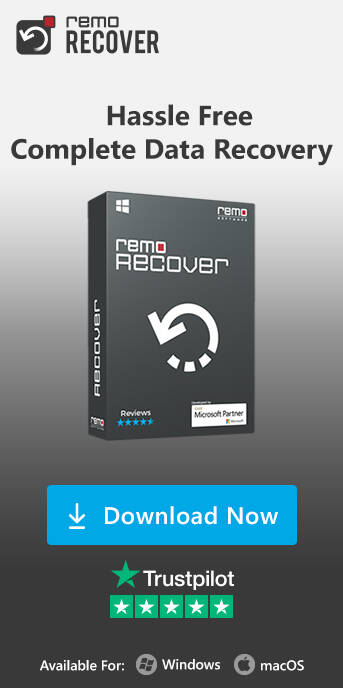CD-ROM Drive
CD-ROM or compact disc read-only memory was introduced in 1982 and refers to a type of read-only optical disc, meaning data can be read from it, but not written or modified. CD-ROMs are a popular medium for storing and distributing large amounts of data, software, multimedia, and other digital content.
CD-Rom uses a low-power laser beam to read the data encoded in the tiny pits of an optical disk, the drive then loads the data to the computer for processing.
Terms Related to CD-ROM Drive:
- Access time: Average time the drive takes to retrieve data from CD-ROM.
- Data transfer rate: The amount of data the drive can read and transfer to the computer per second.
Structure of CD
CDs are composed of multiple layers with functionality:
- Label Side: A label is printed with information about the data on the CD.
- Top Layer: A hard polycarbonate plastic that protects the data layers underneath.
- Reflective Layer: Below the top layer is a thin protective layer of aluminum or a similar reflective material. This layer reflects the laser light used to read the disc.
- Dye Layer: The layer responsible for writing data on CD-Rs creating pits that represent 0 and 1.
- Substrate Layer: Another polycarbonate plastic that provides extra support and stability to the disc.
- Bottom Layer (Data Side): The bottom layer is a protective plastic similar to the top layer which provides protection.
- Pits and Lands: In these pits and lands, the data is represented by the length and depth of it.
In a standard CD, Pits are areas where the surface has been altered to represent a binary 1, while lands represent a binary 0. These variations are read by a laser in CD players to interpret the stored data.
Growth of CD-ROM
As an alternative to floppy disks, CD-ROM became more and more popular and widely accepted as it offered a storage capacity of 680MB at a low cost that can store and distribute computer programs, graphics, and databases.
The read-only limitation encouraged the development of different versions of magnetic-optical hybrid storage devices but they failed to penetrate the market beyond publishers as they regularly exchange large multimedia files.
Types of CD
- CD-R: In the 1990s CD-R (CD-Recordable) became available, and these were different from original CDs as it was read-only but CD-R can be written once hence the name “WORM” (Write Once Read Many). The data written cannot be altered or modified after recording it. This feature is useful for backing up data in applications like recording software.
- CD-RW: Later CD-RW (CD-Rewritable) discs were based on excitable crystals were introduced which allowed multiple writes and erases making it suitable for applications where data is required to be rewritten.
When the CD-R and CD-RW required computers to use them they were used primarily for data backup and computer software. Over time CD-R and CD-RW recorders became more accessible and user-friendly. The CD formats grew exponentially and became popular among users to create and share digital content.
Decline of CDs
If you were a 90s kid, you would likely have fond memories of watching something on a CD or using a CD. The requirement for digital storage of multimedia files expanded when the storage medium DVD was introduced in 1995. Due to the limitations that CD-ROMs like limited storage, wear, vulnerability to physical damage, and incompatibility issues led them to decline, and newer storage devices like USB flash drives , and memory cards.
The way we store data is completely different from the 90s, so as of today, both CDs and DVDs are more nostalgic than serving any storage purposes. It would be apt to say CDs are completely diminished.
